Most researchers of this family put Henry's birth at about 1727 but, thus far, no record of his birth has been found and no other record has been found that indicates when or where he may have been born. Margaret, his first known child was born about 1753 (she was 83 years old when she filed for a widow's pension on September 2, 1836). The 1727 date for Henry's birth was likely estimated based on a probable age of 25 when he was married, assuming that he was married a year prior to the first child's birth. Henry's wife, Cathryn, was mentioned in his will of 1798. However, it is not known with certainty that she was the mother of his 11 children, the last of whom was born about 1770.
Various researchers put Henry's place of residence in the area of Washington County, Maryland and Hampshire County, Virginia (now part of West Virginia), which are only two counties away from each other. There is record of a Henry Bray signing the Oath of Allegiance in 1778 in Washington County, Maryland and a record of a Henry Bray enlisting in 1781 in Washington County, Maryland who was discharged as "unfit for service" several months later. But, again, it is not known for certain that this is “our” Henry Bray.
What is known is that Henry's son, Frederick, while residing in Hampshire County, reportedly enlisted along with his future brother-in-law, Edward Roberts in August 1776. Another son-in-law, James Ball, also enlisted in 1776 in Capt. William Voss' company while residing in Hampshire County, Virginia. A year later, Henry's son, John, just a little over 16 years of age enlisted in the same company. So it would seem that at least some of the children of Henry Bray were residing in Hampshire County, Virginia at the beginning of the Revolutionary War.
By 1790, Henry and 9 of his children had removed to the wilderness of what would become Kentucky, with most of them settling for a time in Nelson County. Tax Records show that John Bray was listed in Nelson County, Virginia in 1785 with 2 whites, 1 white tiths somewhere on “the southern waters of Rolling and Beech Forks westwardly of the the waters of Hardings Creek." In 1787 John Bray was listed with 1 tithable in “Pottinger's and Bean's Old Companies.”
On July 19th, 1788 John Bray was included in “A list of Tithes” in “Capt. Charles Reed's Company on Pottinger's Creek" with 3 tithables. Also listed were his brothers Peter and Daniel. Henry Bray shows up in the July 1790 taxlist as part of “Capt. Masterson & Willetts Company" along with sons John and Peter. All three were listed with 1 tithables. Various members of the family continue to appear in extant tax lists through 1799-1800 in Nelson County.
Enough of the background, now on to the land records of Nelson County...
In a land record dated July 30, 1790 and recorded August 8, 1803 (Book 6 pages 224-225) Henry Bray was bound to Aaron Atherton for £90. If Henry Bray conveyed a clear deed of 100 acres off the lower end of the “Survey whereon he now lives” to Aaron Atherton then the obligation would be void. The interesting thing to me is the fact that this record was dated July 30, 1790 while Henry Bray did not purchase the land “whereon he now lives” from Samuel and Anne Oldham until December 15, 1792 (recorded May 4, 1799 in Deed Book 5 pages 424-425).
Another record in Nelson County Deed Book 6 (pages 436-438) and dated July 14, 1805 is essentially correcting the deed that was recorded in 1792 between Henry Bray and Samuel Oldham because the description was in error...
The description of the land in the 1792 deed appeared to place the land on the south side of Pottinger's Creek (the bold-italicized text below indicates differences in the land descriptions in the two deeds):
“Beginning at Meshack Carters So. West Corner two honey Locusts on the Bank of Pottingers Creek extending thence with Carters line two Hundred and thirty three poles to his corner two Walnuts thence with his line South seventy eight West seventy one poles to two white Oaks thence South twelve Degrees West one hundred & eighty poles to three White Oaks thence West thirty poles to a Chesnut Oak & Double Maple thence South forty five West twenty eight poles to two White Oaks and Iron wood thence sixty three degrees West two hundred & eighty poles to two red Oaks & white Oak thence South 27º E 173 poles to an Ash & prissimmon Tree on the Bank of Pottingers Creek thence up Pottingers Creek the meanders thereof to the Beginning.”
In actuality the land was on the north side of Pottinger's Creek as shown in the 1805 deed:
“Beginning at two Honey Locusts and a Hickory on the North Bank of Said Creek. Thence North twelve Degrees West two Hundred and twenty two poles to two Walnuts, thence North Seventy eight degrees East Seventy poles to two white oaks. Thence North twelve degrees West one Hundred and eighty poles to three White oaks thence North forty five Degrees West thirty poles to a Double Maple & Chestnut Oak, thence South forty five Degrees West eighty four poles to two white Oaks & an Iron Wood, thence South sixty two Degrees West two Hundred & eighty four poles to two Chesnut Oaks & a White Oak, thence South Twenty eight degrees East one Hundred and sixty Eight poles to a Persimmon & Beech on the bank of Pottingers Creek, thence up the same binding therewith to the Beginning.”
The 1805 deed also stated that the land was “near the Mouth of Pottingers Creek” and a little further into the deed it said it was “on the North Westardly side of Pottingers Creek.”
In addition, a deed dated November 23, 1807 in Book 6 pages 693-694 the land is described as being on “the North Bank of Pottingers creek.” In this deed, Aaron Atherton executor of the estate of Henry Bray, is selling 450 acres of land to Ignatius Clark, which bordered the 100 acres that had been “laid off for Abraham Bray,” son of Henry.
Regarding that 100 acres laid off for Abraham Bray... I don't have a copy of the deed but an entry in “Abstracts of Deeds 1803-1818 Nelson County, Kentucky” compiled by the Nelson County Historical Society (citing page 365 of Deed Book 11) shows that Aaron Atherton and wife Ann of Hamilton, Ohio sold 100 acres on the North bank of Pottinger's Creek “near the corner of Ignatius Clark” on September 12, 1806 to Abraham Bray. So it appears that Aaron Atherton received his 100 acres of land.
The will of Henry Bray was dated March 2, 1798 and was recorded in Nelson County, Kentucky Will Book A (pages 373-375). Aaron Atherton, named as the executor, filed his bond on July 9, 1799 and the estate was admitted to probate. All of the land transactions mentioned above were recorded in the Nelson County deed books as a result of the probate process.
With the information in the corrected deed, it has been shown that the land that Henry Bray purchased was “near the Mouth of Pottingers Creek” and “on the North Westardly side.” But where was Pottinger's Creek?

That answer was found in the Atlas of Nelson & Spencer Cos., Kentucky (D. J. Lake & Co., 1882). The above cropped and enhanced image shows the southern tip of Nelson county. The dark line going across the image is the Knoxville Branch of the L & N Railroad, which runs alongside Pottinger's Creek.

This road map provides a little perspective on the location, the area of New Haven and New Hope is circled in green.

A slightly different perspective from Google Earth with Nelson County outlined in blue. The squiggly meandering of the “Rolling Fork of the Salt River” creates the western border of Nelson County. The area of interest is outlined in red. All of those dark green areas are tree covered hills. It's pretty rugged countryside.

The topographical map above is a small portion of a map from the Libre Map Project website where they have digital maps for every state. (The individual files can be rather large and are a direct download when you click on your selected locality map.)
At this point it is not possible to determine exactly where the 550 acres of land purchased by Henry Bray was located. Considerably more research in the land records is required to bring ownership up to the current time and to locate the land in its proper place.
But based on the knowledge that it was “near the Mouth of Pottingers Creek” and “on the North Westardly side” I'm fairly confident that his land was within the red rectangular area in the above image.

I spent several pleasant hours one day driving around the area. I think the northern stretch of State Road 247, where it connects to State Road 52 just east of New Haven, goes through or nearest Henry's land. The terrain is hilly with narrow roads running through the valleys. There were numerous farms and fields - one farm had a sign posted stating it was a Kentucky Farmstead, established in 1785. I didn't take any photos during the drive since I was by myself and there really was no where to pull off alongside the road.
 Of course, everything in the house reminded me of my grandmother. I hadn't been to South Georgia in years, but it was just as I had remembered. That night, I saw a short note on the fireplace mantel in Mary Jo's handwriting. Broke my heart!
Of course, everything in the house reminded me of my grandmother. I hadn't been to South Georgia in years, but it was just as I had remembered. That night, I saw a short note on the fireplace mantel in Mary Jo's handwriting. Broke my heart!



 Grandpa was always so orderly and practical.
Grandpa was always so orderly and practical.  And Mary Jo just loved a good fire.
And Mary Jo just loved a good fire.
 Imagine that you have just taken up jogging. You find jogging healthy, energising - a good way to clear your mind and exercise your body first thing in the morning or in the evening after work. You put on a pair of sneakers, leggings, a t-shirt, and off you go on your jog. At an intersection you bump into another jogger, who recognises you and exclaims: "Oh, I see you've taken up jogging! Finally smartened up and realised that it's better than walking, eh? And look, you're pretty good at it! Before you know it, you'll be jogging to work with a change of clothing strapped to your back - you'll see how much faster it is than walking and how much more control it gives you!"
Imagine that you have just taken up jogging. You find jogging healthy, energising - a good way to clear your mind and exercise your body first thing in the morning or in the evening after work. You put on a pair of sneakers, leggings, a t-shirt, and off you go on your jog. At an intersection you bump into another jogger, who recognises you and exclaims: "Oh, I see you've taken up jogging! Finally smartened up and realised that it's better than walking, eh? And look, you're pretty good at it! Before you know it, you'll be jogging to work with a change of clothing strapped to your back - you'll see how much faster it is than walking and how much more control it gives you!"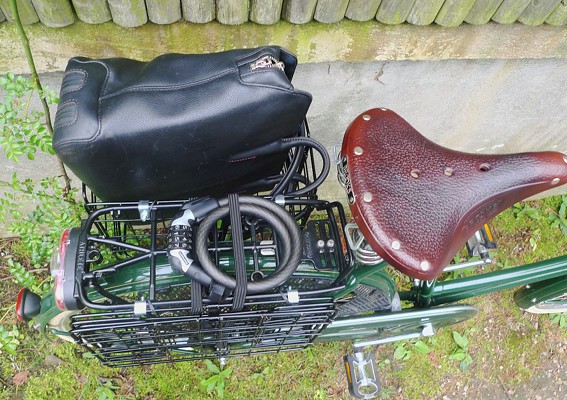 Just like there are many forms of pedestrianism, so are there many forms of cycling - each serving its own purpose. The distinction between upright city bicycles, roadbikes and mountain bikes is not so different from the distinction between walking, running and hiking. Walking is a casual form of pedestrianism that is the most natural and low-maintenance way to travel from point A to point B. It is done in one's everyday clothing, while comfortably carrying items on one's person. Taking up jogging or hiking is all well and good, but you'll probably still want to walk to the grocery store.
Just like there are many forms of pedestrianism, so are there many forms of cycling - each serving its own purpose. The distinction between upright city bicycles, roadbikes and mountain bikes is not so different from the distinction between walking, running and hiking. Walking is a casual form of pedestrianism that is the most natural and low-maintenance way to travel from point A to point B. It is done in one's everyday clothing, while comfortably carrying items on one's person. Taking up jogging or hiking is all well and good, but you'll probably still want to walk to the grocery store.
 Four generations of Dressler men. Clockwise starting with the young man standing in the back: Joseph, John, Arthur, and John Dressler.
Four generations of Dressler men. Clockwise starting with the young man standing in the back: Joseph, John, Arthur, and John Dressler. Written on the reverse:
Written on the reverse: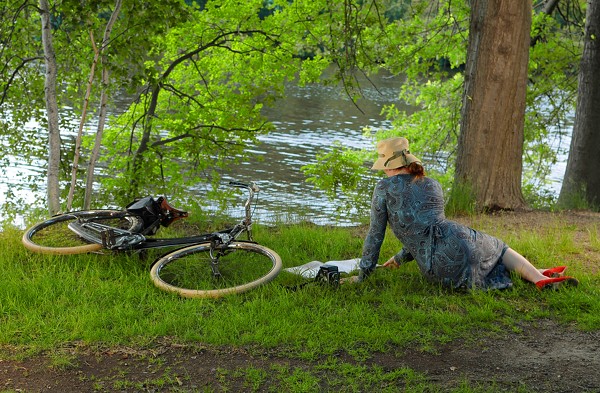 This is why I cannot get on board with the idea that our relationship to the bicycle ought to be exclusively utilitarian, devoid of romance or sentimentality. In his discussions about developing a successful bicycle culture, the author of
This is why I cannot get on board with the idea that our relationship to the bicycle ought to be exclusively utilitarian, devoid of romance or sentimentality. In his discussions about developing a successful bicycle culture, the author of 



 Balloon people seem to take the idea of getting up before dawn to extremes. Early morning in the fall seems to be the best time to fly hot air balloons. So going to the balloon fiesta meant that my aunts and I got up at 4 am, drove to a designated parking lot in Rio Rancho where we caught a special bus that took us to the Balloon Park in Albuquerque. That was at 5 am. We arrived there while it was still dark and waited impatiently for the Dawn Patrol to take off, which they did about 6 am. The Dawn Patrol are the first few balloons that take off right before dawn to make sure it safe for the other balloons to fly. Sometimes it may seem safe on the ground but higher air currents can be a lot different. Balloons don't fly if it is raining, too windy, or snowing. But this day was perfect. No wind, rain, snow, and it wasn't even that cold. Balloonist don't understand the word cold. It seems the colder the better. By 7 all of the other approximately 600 balloons were preparing to fly.
Balloon people seem to take the idea of getting up before dawn to extremes. Early morning in the fall seems to be the best time to fly hot air balloons. So going to the balloon fiesta meant that my aunts and I got up at 4 am, drove to a designated parking lot in Rio Rancho where we caught a special bus that took us to the Balloon Park in Albuquerque. That was at 5 am. We arrived there while it was still dark and waited impatiently for the Dawn Patrol to take off, which they did about 6 am. The Dawn Patrol are the first few balloons that take off right before dawn to make sure it safe for the other balloons to fly. Sometimes it may seem safe on the ground but higher air currents can be a lot different. Balloons don't fly if it is raining, too windy, or snowing. But this day was perfect. No wind, rain, snow, and it wasn't even that cold. Balloonist don't understand the word cold. It seems the colder the better. By 7 all of the other approximately 600 balloons were preparing to fly.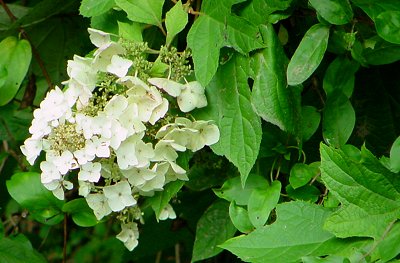
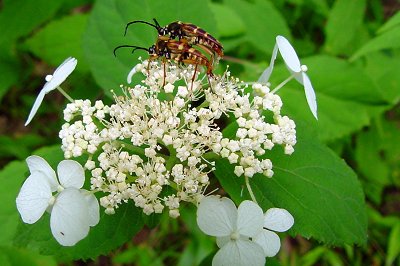
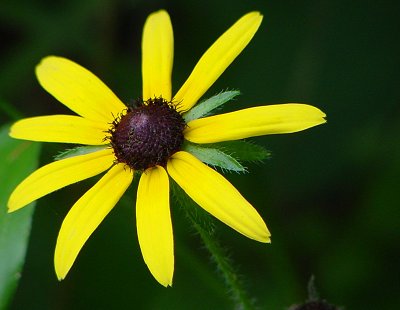
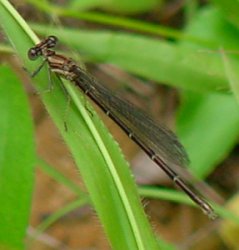
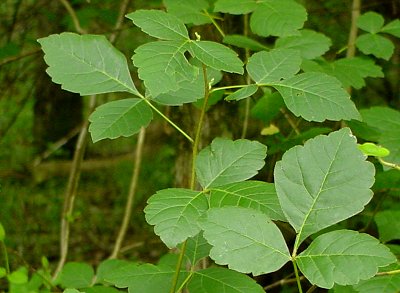
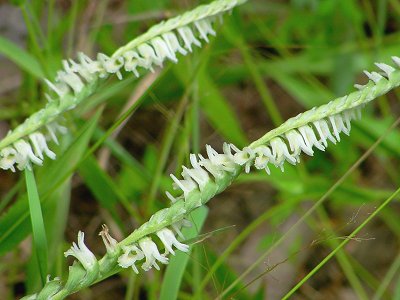
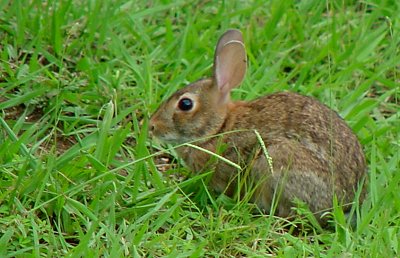
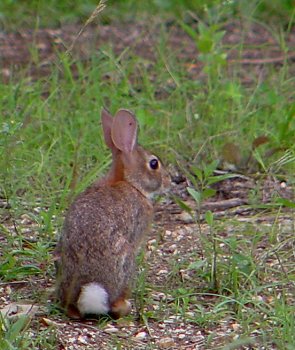
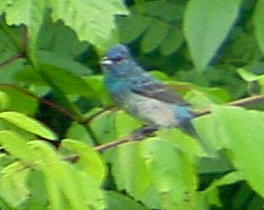



 More than a decade ago I bought this small maroon daylily as a gift for Vi. She was delighted to find out that Hemerocallis ‘Pinocchio’ could produce a second flush of bloom. Once the plant grew large enough, Vi insisted on passing a fan of it back to me and ‘Pinocchio’ also came with when we left for Texas.
More than a decade ago I bought this small maroon daylily as a gift for Vi. She was delighted to find out that Hemerocallis ‘Pinocchio’ could produce a second flush of bloom. Once the plant grew large enough, Vi insisted on passing a fan of it back to me and ‘Pinocchio’ also came with when we left for Texas.

 They've grown and if this summer lets them continue to thrive, these daylilies are ready to become Passalong plants once again. I think that both Vi and Bertha would be pleased and perhaps amused, to know that their daylilies were growing and being handed around deep in the heart of Texas.
They've grown and if this summer lets them continue to thrive, these daylilies are ready to become Passalong plants once again. I think that both Vi and Bertha would be pleased and perhaps amused, to know that their daylilies were growing and being handed around deep in the heart of Texas.